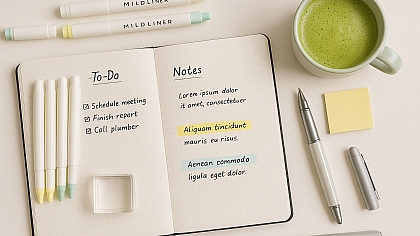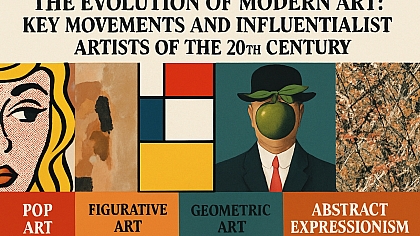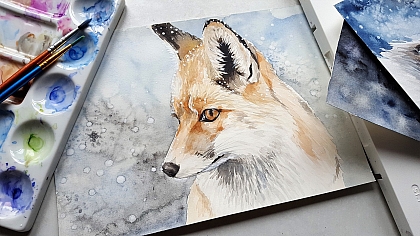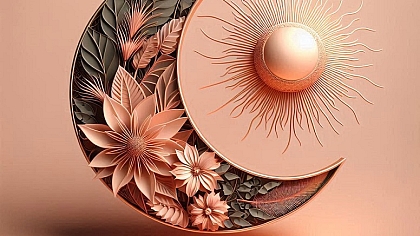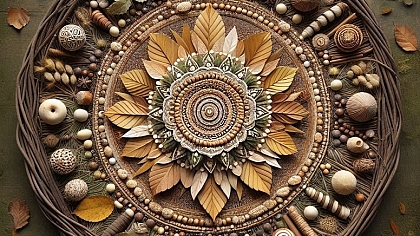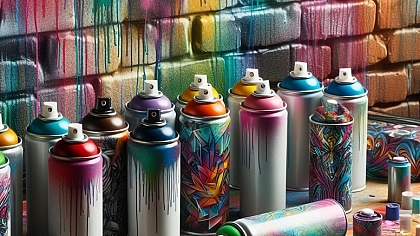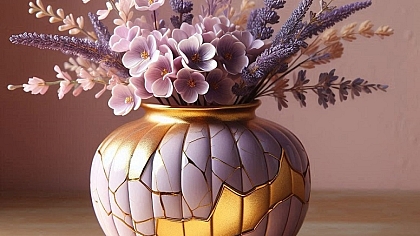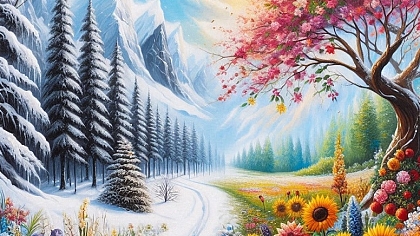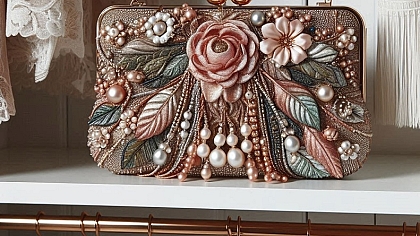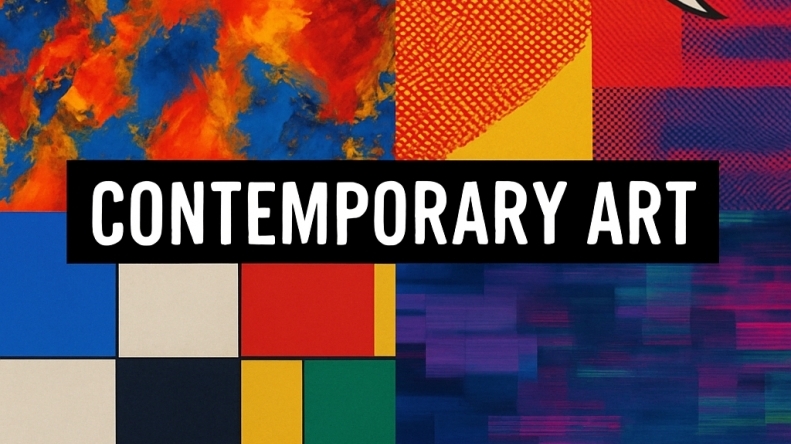
Contemporary Art Styles
Contemporary art is a vibrant and ever-evolving field that reflects the complexities of our modern world. From bold abstractions to cutting-edge digital creations, contemporary art styles offer endless opportunities for exploration and engagement.
We will examine some of the most influential and trending contemporary art styles, providing insights into their origins, characteristics, and notable artists.
What is Contemporary Art?
Contemporary art refers to art created in the present era, typically from the late 20th century to the present day. Unlike traditional art forms, contemporary art is not confined to a specific style or medium. Instead, it embraces diversity, experimentation, and a wide range of techniques, materials, and themes. It often reflects current social, political, and cultural issues, making it a powerful medium for dialogue and change.
Key Contemporary Art Styles You Should Know
The art world today is a dynamic tapestry of styles, mediums, and philosophies. No longer confined to traditional galleries, contemporary art thrives in both physical and digital realms, embracing everything from abstract expressionism to blockchain-backed creations.
Abstract Art
Abstract art breaks away from traditional representation, focusing on shapes, colours, and forms to convey emotions and concepts. Instead of depicting reality directly, abstract art invites viewers to interpret the work through their own lens.
-
- Key Characteristics: Non-representational, emotional, and experimental.
- Notable Artists: Wassily Kandinsky, Piet Mondrian.
- Why It Matters: Abstract art challenges viewers to connect with their emotions and explore deeper meanings.
Abstract Expressionism
A movement born in the 1940s and 1950s, Abstract Expressionism emphasizes spontaneous and subconscious creation.
-
- Key Characteristics: Energetic brushstrokes, large canvases, and emotional intensity.
- Notable Artists: Jackson Pollock, Mark Rothko.
- Why It Matters: It revolutionized the art world by prioritizing the artist’s emotional expression over formal technique.
Geometric Art
Geometric art uses precise shapes like circles, squares, and triangles to create harmonious compositions.
-
- Key Characteristics: Symmetry, balance, and mathematical precision.
- Notable Artists: Kazimir Malevich, Bridget Riley.
- Why It Matters: This style highlights the intersection of art and science, showcasing the beauty of order and structure.
Figurative Art
Contrasting with abstraction, figurative art focuses on realistic depictions of the human form and other real-world subjects.
-
- Key Characteristics: Realism, narrative, and emotional depth.
- Notable Artists: Lucian Freud, Jenny Saville.
- Why It Matters: Figurative art bridges the gap between tradition and innovation, offering relatable and evocative imagery.
Minimalism
Minimalism strips art down to its core elements, embracing simplicity and clarity.
-
- Key Characteristics: Clean lines, monochromatic palettes, and geometric forms.
- Notable Artists: Frank Stella, Donald Judd.
- Why It Matters: Minimalism challenges viewers to appreciate the essence of form and space.
Pop Art
Pop Art emerged in the 1950s, drawing inspiration from popular culture and mass media.
-
- Key Characteristics: Bold colours, commercial imagery, and playful themes.
- Notable Artists: Andy Warhol, Roy Lichtenstein.
- Why It Matters: It blurred the lines between high art and consumer culture, making art more accessible.
Surrealism
Surrealism explores the subconscious, presenting dreamlike scenes and unexpected juxtapositions.
-
- Key Characteristics: Fantastical imagery, symbolism, and a sense of mystery.
- Notable Artists: Salvador Dalí, Rene Magritte.
- Why It Matters: Surrealism invites viewers to question reality and embrace imagination.
Hyperrealism
Hyperrealism takes realism to the next level, creating artworks that resemble high-resolution photographs.
-
- Key Characteristics: Extreme detail, lifelike textures, and precision.
- Notable Artists: Chuck Close, Ron Mueck.
- Why It Matters: Hyperrealism showcases the possibilities of technical mastery and attention to detail.
Conceptual Art
Conceptual art prioritizes ideas over aesthetics, focusing on the message rather than the medium.
-
- Key Characteristics: Idea-driven, often text-based or ephemeral.
- Notable Artists: Sol LeWitt, Joseph Kosuth.
- Why It Matters: It redefined art by emphasizing intellectual engagement over visual appeal.
Street Art
Street art transforms public spaces into vibrant canvases, often addressing social and political issues.
-
- Key Characteristics: Bold visuals, urban settings, and accessible messaging.
- Notable Artists: Banksy, Shepard Fairey.
- Why It Matters: Street art democratizes art, reaching diverse audiences and sparking conversations.
Digital Art
Digital art leverages technology to create innovative and interactive works.
-
- Key Characteristics: Use of software, digital tools, and immersive experiences.
- Notable Artists: Refik Anadol, Beeple.
- Why It Matters: It pushes the boundaries of creativity and adapts to our increasingly digital world.
The Digital Revolution: Reshaping Creation and Access
The rise of NFTs and virtual galleries like Decentraland has democratized art ownership while sparking debate. Blockchain technology immortalizes digital works, yet questions linger about commodification—does tokenizing art dilute its essence or expand its reach? Meanwhile, AI tools like DALL-E 2 enable artists to collaborate with algorithms, generating surreal landscapes and challenging notions of authorship.
Social media amplifies this shift: Instagram curators and TikTok critics wield newfound influence, while platforms like Artsy globalize access to artists from Lagos to Seoul. This democratization, however, coexists with lingering elitism. As artist Molly Crabapple notes, “Technology replicates old power structures—it’s just a new medium for old battles.”
Emerging Trends in Contemporary Art
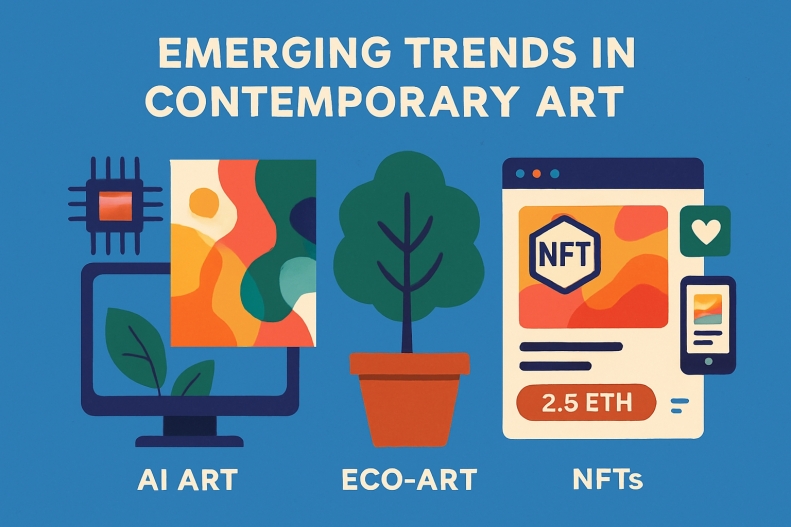
The art world continues to evolve, with exciting trends shaping the future of creativity:
- AI Art: Artists use artificial intelligence to co-create pieces, exploring the intersection of technology and imagination.
- NFTs: Digital assets that revolutionize the way art is owned, bought, and sold.
- Eco-Art: Works that address environmental issues and promote sustainability.
Why Contemporary Art Matters
Contemporary art reflects our collective experiences, challenging perceptions and inspiring dialogue. It’s not just about aesthetics; it’s about connecting with ideas, emotions, and the world around us. Whether you’re a collector, enthusiast, or newcomer, exploring contemporary art is a journey of discovery and inspiration.
How to Appreciate Contemporary Art
- Stay Curious: Contemporary art can be complex and thought-provoking. Approach it with an open mind and a willingness to explore new ideas.
- Learn the Context: Understanding the artist’s background, inspirations, and cultural climate can deepen your appreciation of their work.
- Visit Galleries and Museums: Experiencing contemporary art in person allows you to engage with its textures, scale, and impact fully.
- Follow Trends: Follow art blogs, social media accounts, and exhibitions to keep up with the latest trends and movements.
Contemporary art styles are as diverse and dynamic as the world we live in. From abstract paintings to digital installations, these styles offer endless opportunities for exploration and discovery. By understanding and appreciating contemporary art, you can connect with the creative pulse of our time and gain a deeper understanding of the issues that shape our world.
Contemporary art is a living dialogue—an ever-shifting reflection of innovation, tradition, and societal flux. From Pollock’s chaotic canvases to Anadol’s AI-driven dreamscapes, it challenges us to see the world anew. As technology and creativity intertwine, art’s boundaries dissolve, inviting everyone to participate in its evolution. The gallery walls may have faded, but the conversation has only just begun.
Whether you're an art lover or a newcomer, there’s never been a better time to dive into the vibrant world of contemporary art. Explore, engage, and let modern artistic expressions inspire you!
